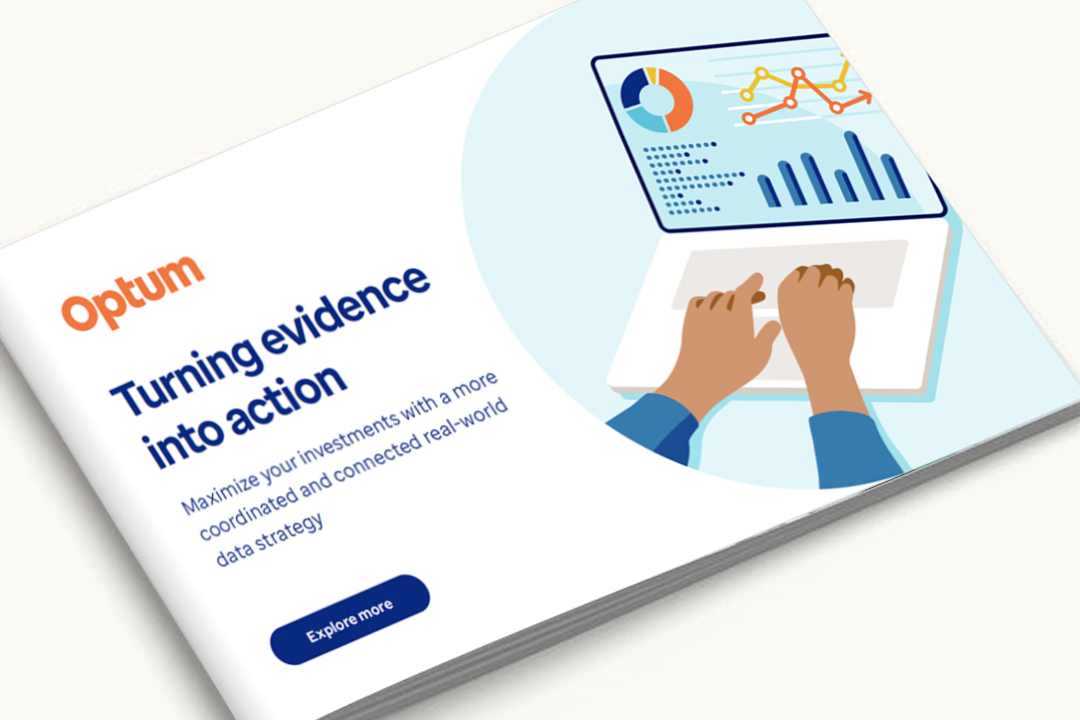Managing hyperlipidemia to improve patient outcomes
Despite clinical guideline recommendations, lipid-lowering therapy (LLT) utilization remains low. There are many reasons for this, but among them are gaps in the care continuum. These include the coordination and follow-up needed to address high lipid levels once they are identified.
To address one of these challenges, Optum Life Sciences and Amgen designed a program to improve awareness of adherence to the American College of Cardiology (ACC) and American Heart Association (AHA) hyperlipidemia clinical guidelines for patients with hyperlipidemia. The initiative involved both primary care provider outreach and increased patient awareness. The program highlighted opportunities for guideline-based care to help providers prioritize provider and patient discussions for treatment and management options.
Statins remain the first line of treatment to lower low-density lipoprotein (LDL, often called “bad” cholesterol). However, some patients may benefit from additional therapies or may require additional labs for ongoing management. The framework for managing patients can quickly become complex.
“Amgen took a collaborative approach to the program. They wanted to do something new in the space with providers instead of a lunch-and-learn or medication adherence program,” says Tina Kelley, senior director at Optum Life Sciences. “Optum then identified health plan leaders and providers who wanted to tackle the same problem with their patient population.”


![Forging New Paths to Create a Healthier World [E-book]](/content/dam/optum-dam/images/business/pharmacy/transform-real-world-data-ebook-1080x720.png)

